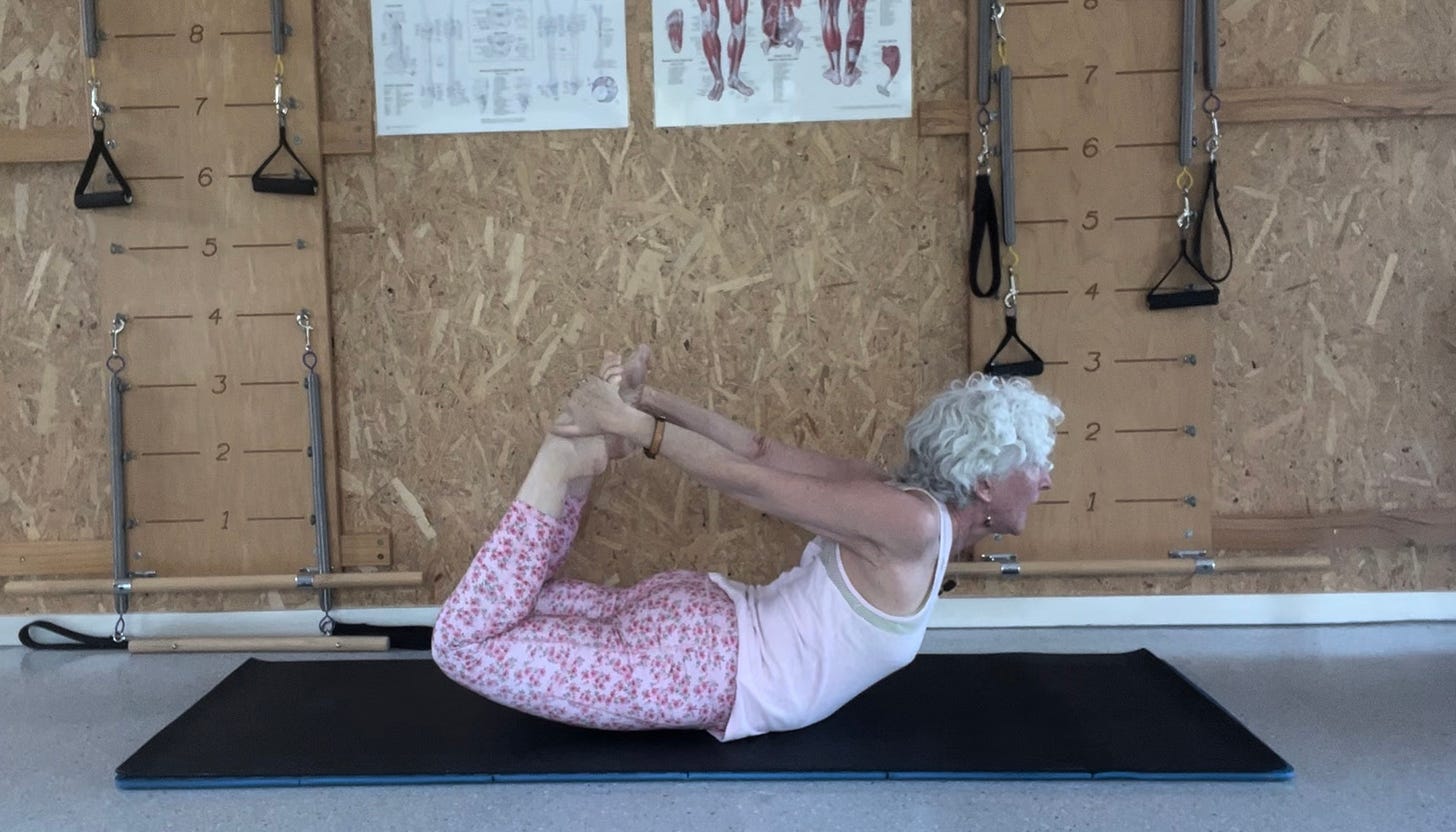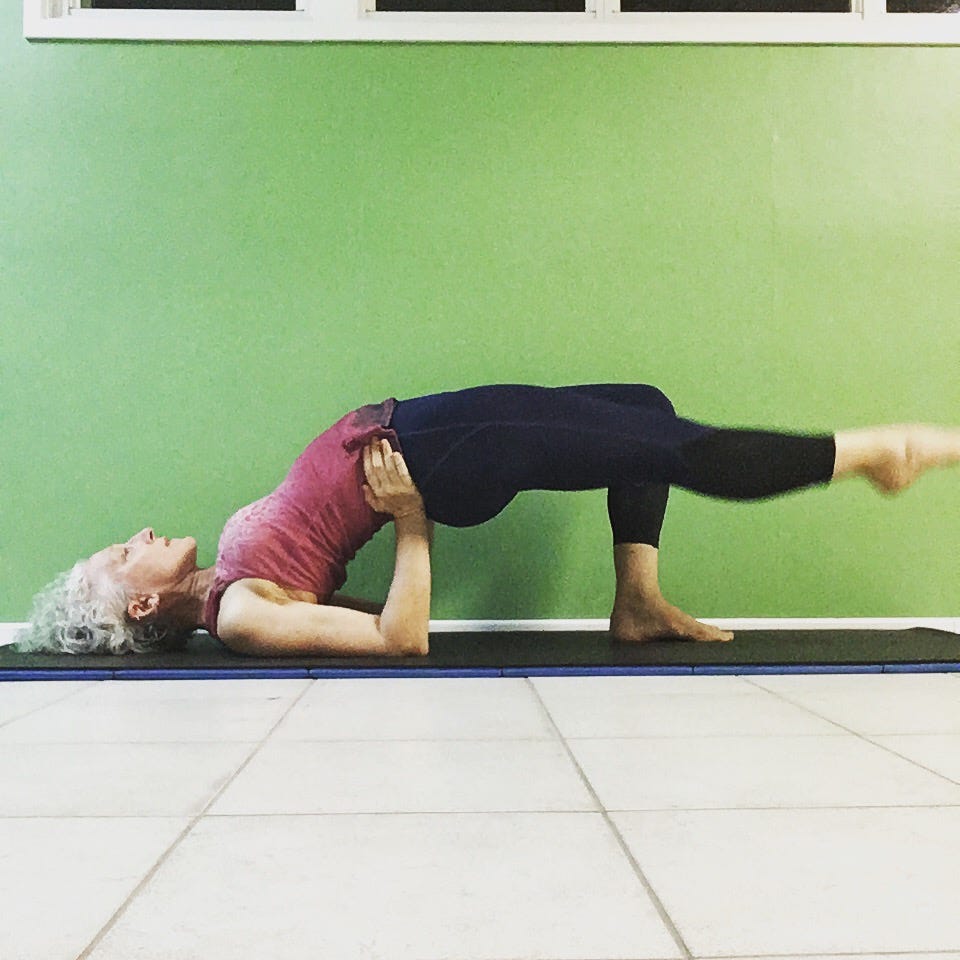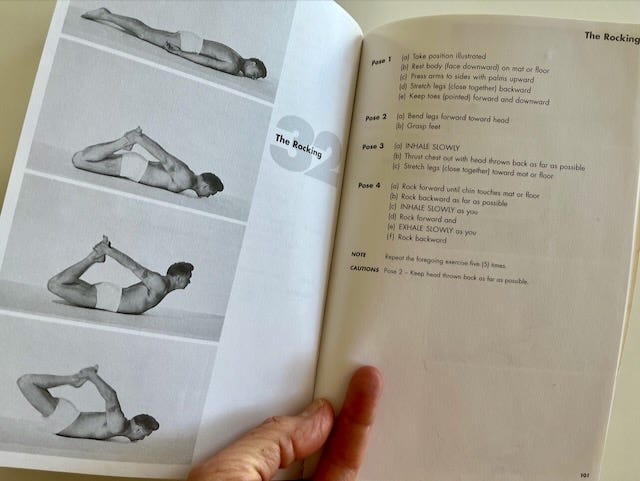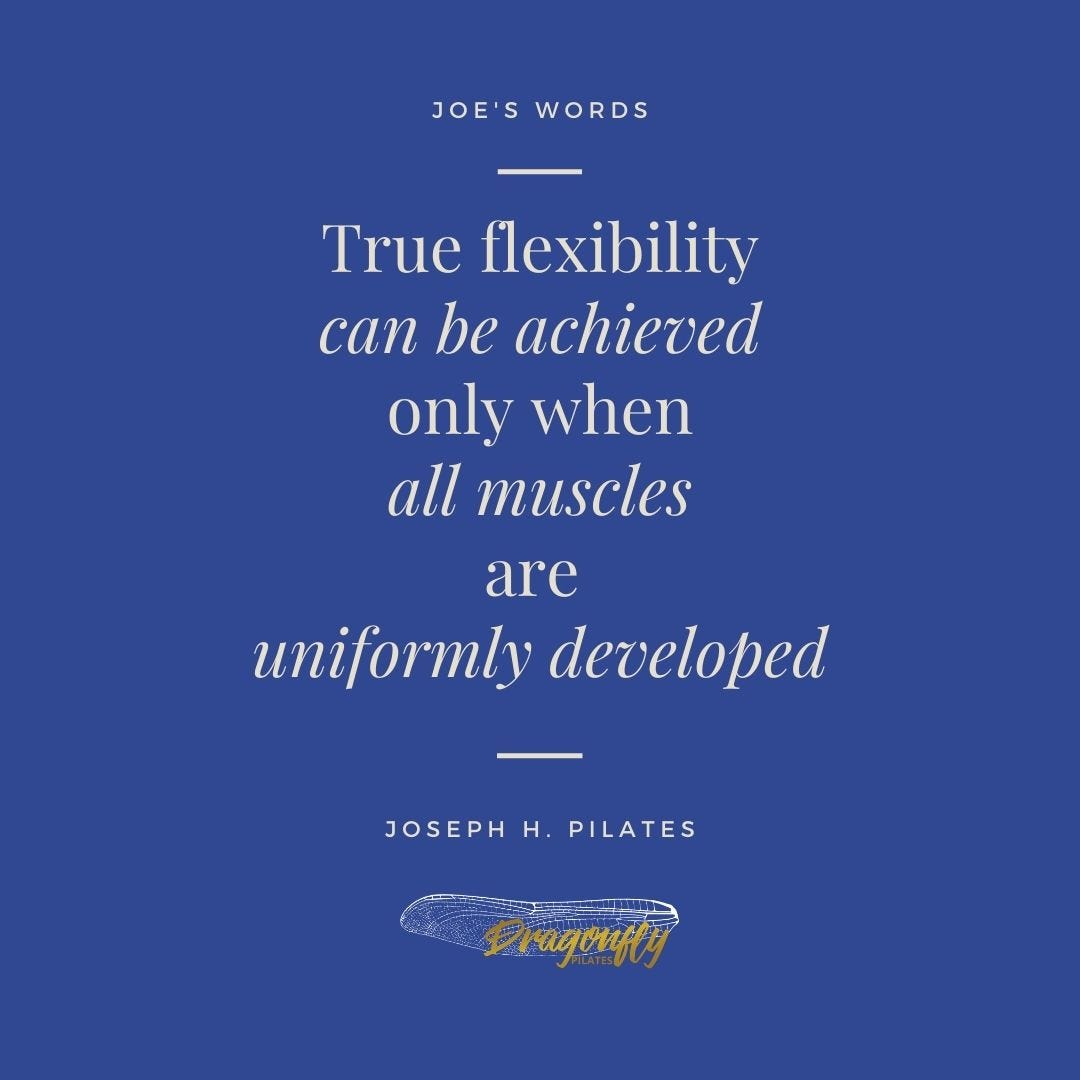Pilates Exercise Dive: Rocking
Discover the benefits of the Pilates Rocking, an advanced exercise that builds strength, flexibility, and body awareness. Learn how to perform it step by step.
Rocking on the Pilates Mat - A Challenge!
Pilates is a practice that emphasises uniform development, precision, and control; one of its hallmarks is the combination of mobility & strength. Among the original 34 mat exercises developed by Joseph Pilates, Rocking stands out as one of the more advanced and challenging.
If you've made it to Rocking in a Pilates Matwork class you're usually pretty chuffed knowing that you're close to the end - it’s number 32 out of those 34.
Make sure to scroll down to the bottom of this post for the video tutorial…
What is the Rocking Exercise?
Despite its challenges one of the many reasons I love Rocking is that it demands a synthesis of all the various skills built up through the earlier Pilates exercises.
While every Pilates exercise is a full bodied movement, Rocking is especially dynamic and requires:
shoulder mobility
upper back extension, aka thoracic mobility
hip extension
glute strength
flexibility and strength through the whole spine.
alignment & proprioceptive awareness
control & timing
The motion of the exercise resembles that of a rocking chair or rocking horse and is designed to strengthen and stretch the muscles all along the back of the body, including the hamstrings, glutes, and the entire length of the spine. It also opens up the front of the body and that alignment awareness? Any imbalance can cause you to tip to one side or lose the smooth rocking motion.
Given its complexity, Rocking is classified as an intermediate/advanced to advanced exercise. I look at it as an upside down version of the advanced version of Shoulder Bridge which includes thoracic and lumbar extension. In addition it’s built upon the skills developed in other preceding exercises like Swan, Single Leg Kick, Double Leg Kick, Scissors, and Bicycle. Swan Dive is also really important to include in your Pilates practice since it's where you’ll first experience rocking forward onto your chest. Each of these exercises lays the groundwork for Rocking, preparing the body with needed skills.
Here’s the advanced Shoulder Bridge, I’m getting ready for the kicks but pretend both legs are bent and then flip me upside down
I should add here that Rocking can also be done on the Reformer as part of the second Long Box series. Even though in this post I'm talking about the Mat version, everything I highlight is applicable to the Reformer version. (and, on the reformer it's for sure an advanced exercise)
Let's now look at
How to Perform Rocking
If you've read any of my other Deep Dive Exercise posts then you know I like to reference the OG, Mr. Pilates. Let's look at his how as pictured in Return To Life Through Contrology
Here’s My Step-By-Step Guide to Performing the Rocking Exercise
Preparation:
Begin by lying face down on your mat in a prone position. Start with your legs straight behind you, keeping them together.
Bend your knees and reach back with your hands to grasp your ankles or the tops of your feet. As you prepare to lift, try to keep your legs hip-width apart. The knees are going to want to go wide so you'll have to recruit your inner thighs to maintain parallel, neutrally rotated legs.
Engage and Lift:
Lift your shoulders up and roll them back to draw your shoulder blades towards each other. Also lift your collarbones to help lift and open your chest. To lift your bottom half push your feet into your hands and think of straightening your legs upwards towards the ceiling. You'll immediately say "hello" to your hamstrings!
The above two actions will lift your knees off the mat, extend your hips, and elevate your upper back into a convex position so you can then begin to rock. The lift should come from the entire length of your spine, creating, to the best of your ability, a uniform curve from head to tailbone.
Initiate the Rocking Motion:
To begin the rocking motion, engage your hamstrings and glutes just that little bit more by lifting your feet slightly higher as you lean the chest slightly forward. Yes, the tipping point is achieved by slight movements and this can sometimes feel like the hardest part!!
Rock forward onto your chest as you exhale, then rock back onto your thighs as you inhale. The motion should be smooth and controlled, with your breath guiding the rhythm of the movement.
Maintain Control:
Focus on maintaining a balanced and symmetrical rocking motion. Usually if you start to go a bit wonky it means you don't have equal pressure into your feet. **WARNING** it's super duper easy to overcorrect!
Keep the exercise playful yet controlled. Maintaining the integrity of the shape with two way stretch and oppositional energy will (fingers crossed) allow your body to move fluidly through the space.
Have Fun:
That playfulness is important. I guarantee you'll feel a bit ridiculous as you explore Rocking so why not embrace it?
Stay light hearted in the challenge because remember, exercise should be something that you enjoy (plus because of the very real wonkiness potential you just have to laugh)
Here’s a photo breakdown, Prep / Ready to Rock / Roll to Chest:

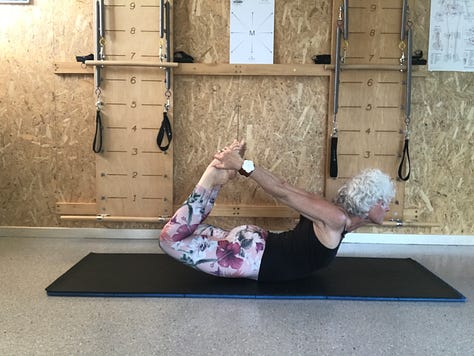
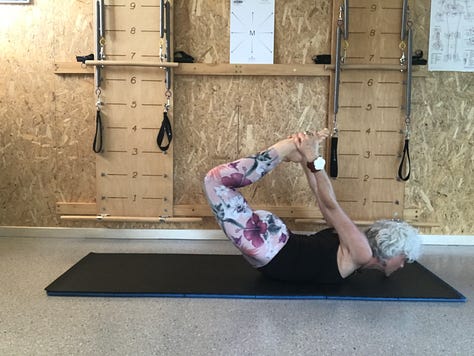
Why Practice Rocking?
Rocking is more than just an exercise - it’s a testament to the integration of strength, flexibility, and control within your Pilates practice. Here’s why it’s worth mastering (or at least attempting):
Synthesis of Skills:
Rocking brings together multiple Pilates principles and skills. It tests your ability to extend the spine, engage the posterior chain (from the base of the skull to the tailbone), and coordinate movement with breath.
Proprioception and Alignment:
This exercise challenges your sense of alignment and body awareness. Because any imbalance can disrupt the smooth rocking motion Rocking helps you identify and correct asymmetries in your body. The challenge is to make those micro adjustments in real time while you’re rocking.
Strength and Flexibility:
Rocking requires both flexibility to get into the shape and strength to maintain and move through it. This combination makes it an excellent exercise for enhancing overall body conditioning.
Fun and Dynamic Movement:
Despite its difficulty, Rocking introduces a playful element to your Pilates routine. The rocking motion adds a dynamic quality that's a change from the more sedate exercises.
Conclusion
Rocking is a challenging yet rewarding Pilates exercise that synthesizes many of the foundational skills developed throughout your practice. When you practice Rocking, you enhance your strength, flexibility, and body awareness, all while enjoying a playful and dynamic movement. Though it requires significant control and precision, the benefits of Rocking make it an exercise worth striving for. Whether you’re looking to deepen your Pilates practice or simply to challenge yourself with a new more advanced movement skill, Rocking is an excellent exercise to add to your repertoire.
I appreciate you reading and don’t forget the video tutorial under Joe’s quote
Be Well,
xBec
btw these are the workout tights that my sister insists makes me look like a couch! What do you think??
The information contained above is provided for information purposes only. The contents of this blog are not intended to amount to advice and Rebecca Forde disclaims all liability and responsibility arising from any reliance placed on any of the contents of this post



